My name is Julie Swenson and I am the Associate Veterinarian at Fossil Rim Wildlife Center. In July of 2018, a group of people from Fossil Rim were given the opportunity to travel to the Republic of Chad to assist with placing GPS collars on a group of scimitar-horned oryx that were set to be released into the wild after having been considered extinct.
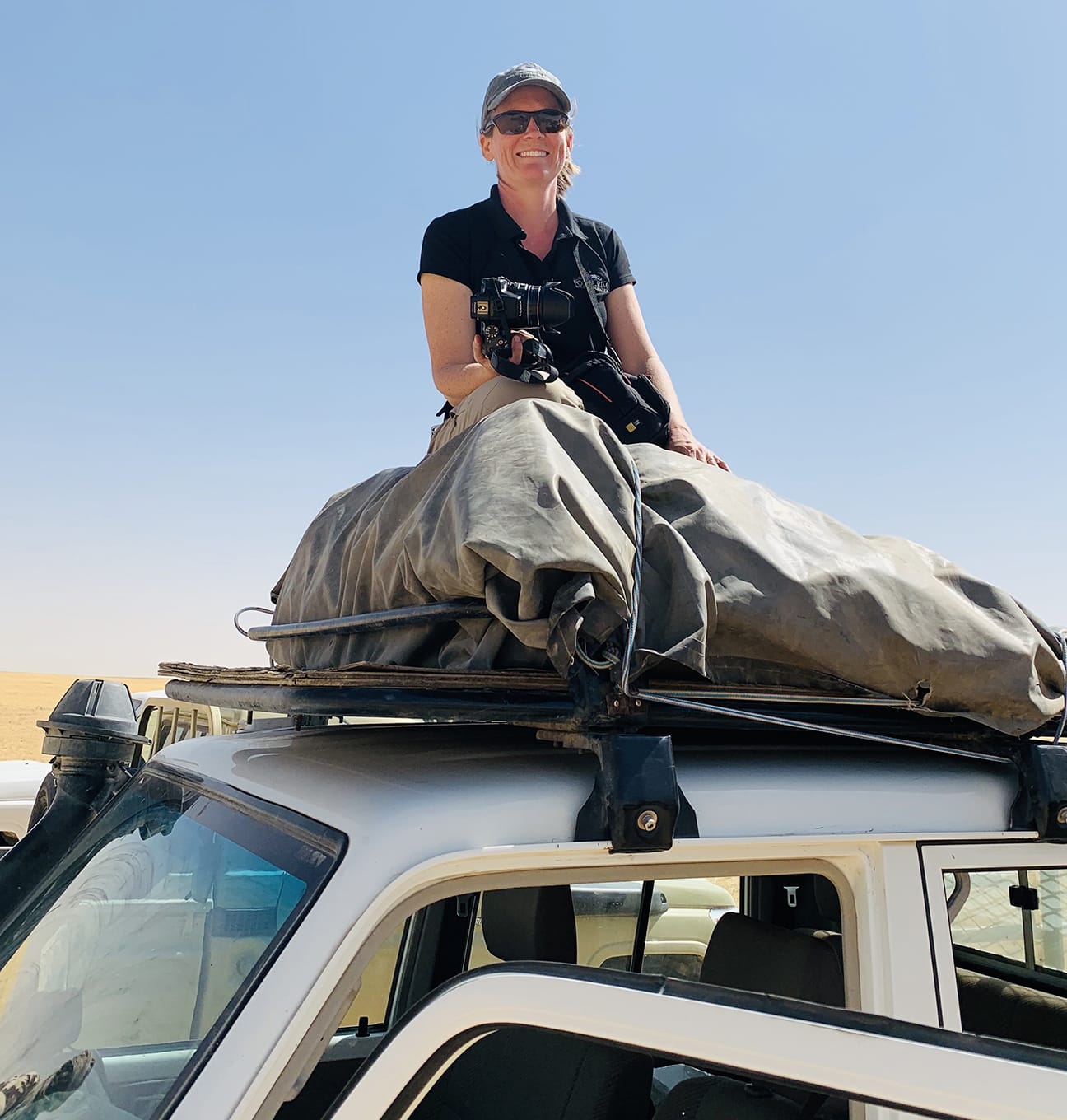
I was lucky enough to be a part of this group and had an amazing experience. So, when asked if I would be willing to come again in 2020, I jumped at the chance.
My travel partner for this trip was Adam Eyres, the Director of Animal Care at Fossil Rim Wildlife Center. Along the way, we met up with a phenomenal team of specialists from all across the world. The purpose of this trip was conservation with three main focuses: releasing addax to the wild, checking in on the wild scimitar-horned oryx population, and capturing wild dama gazelles of distinct genetic lineage for release into the protected reserve at Ouadi Rimé – Ouadi Achim.
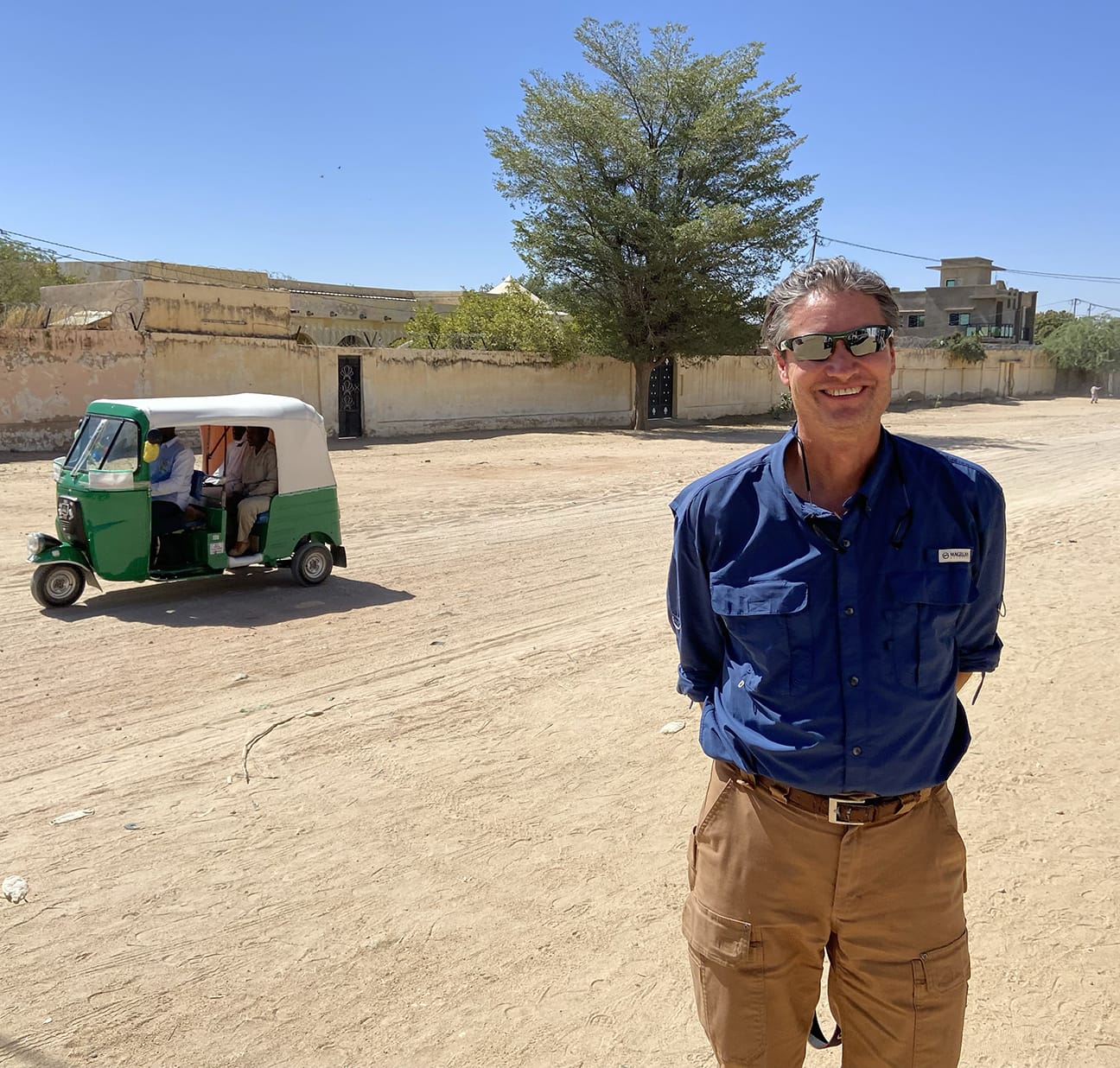
We saw many incredible things on this trip and participated in some astonishing projects. Now, we’ll take you along with us as we travel through this amazing countryside to see things few people ever get to see…
Part One: Addax
The first difficulty in getting to Chad, is getting to Chad. We left very early on the 11th of January to make the drive up from Glen Rose to the Dallas-Fort Worth International Airport. From DFW, we flew to Atlanta, then to Paris, then to N’Djamena – the Chadian capital city, arriving in the evening of the 12th.
All told, it took about 15 hours of flying, two hours of driving, and 11 hours of layovers to make the trip. But, along the way we picked up additional people including: Michael Maslanka (Senior Nutritionist and Head of the Department of Nutrition Science, Smithsonian National Zoo and Conservation Biology Institute), Gavin Livingston (Corporate Animal Collection Manager for Gulf Breeze Zoo, Virginia Safari Park, and Alabama Safari Park), and John Newby (Senior Advisor for the Sahara Conservation Fund).
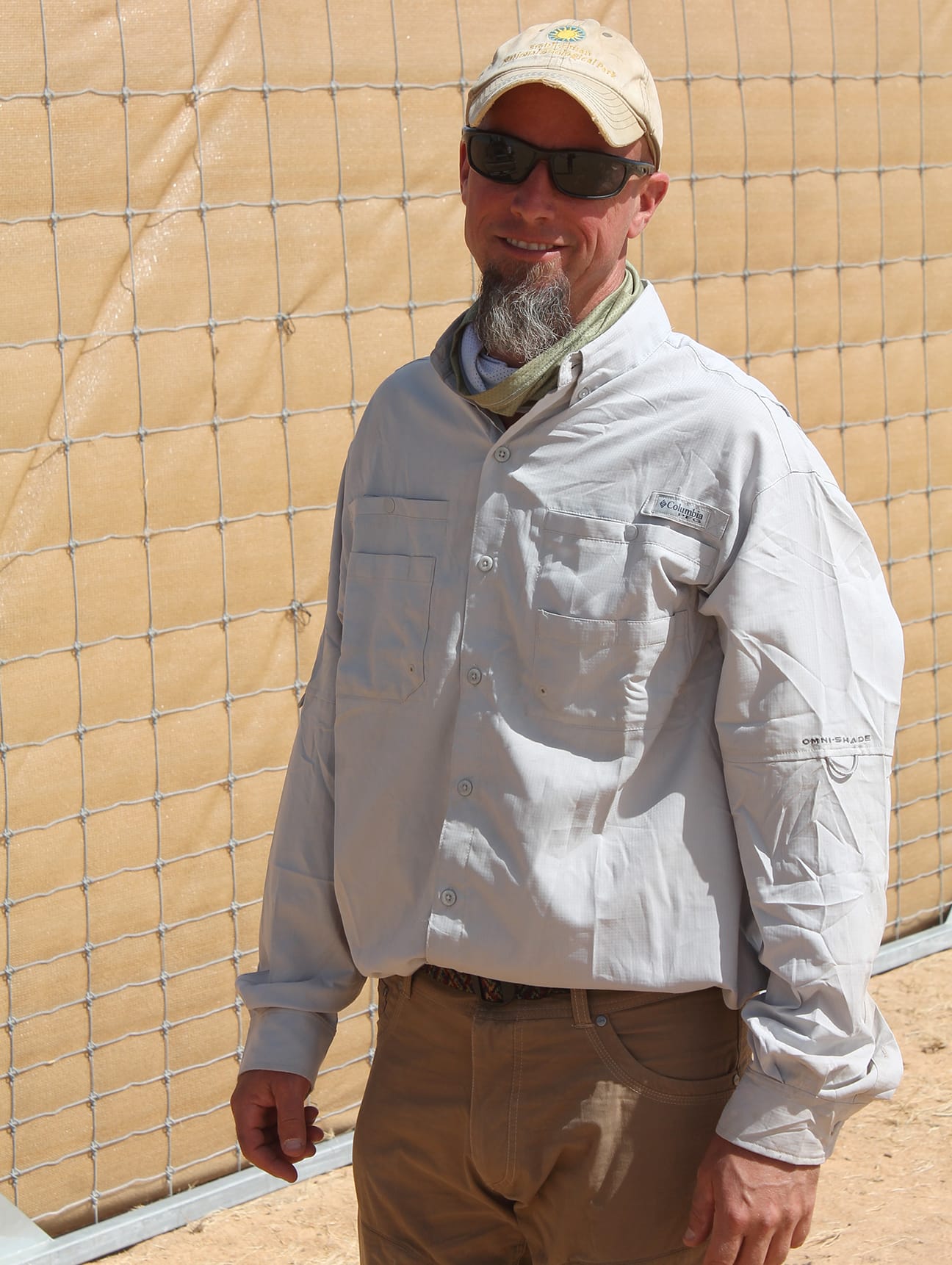

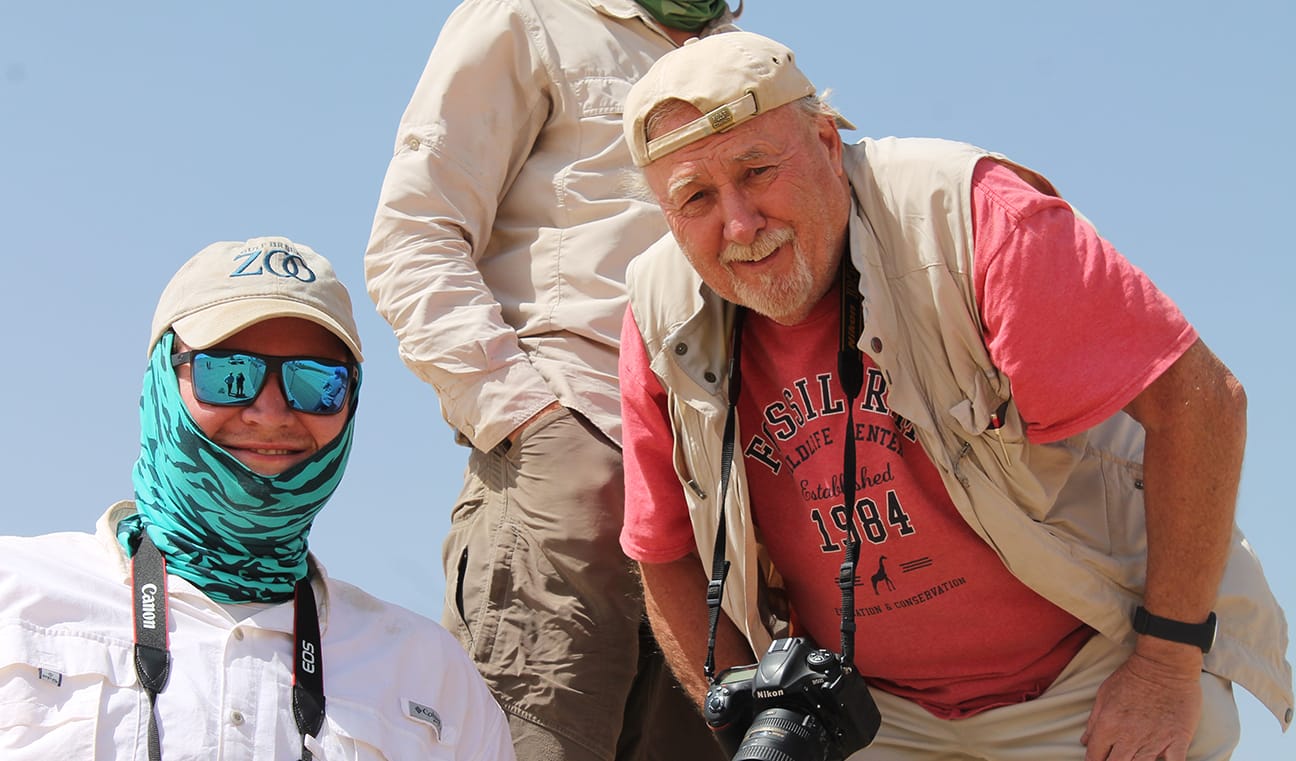
We were joined the following day in N’Djamena by Justin Chuven (Unit Head – Ex-Situ Terrestrial Conservation Programmes) and Ric Pusey (Team Lead – Animal Collections, Ex-Situ Terrestrial Conservation Programmes) from the Environment Agency – Abu Dhabi (EAD). With this portion of the team complete, we left on the 14th to make the trek up to Oryx Base Camp. A short, two-hour flight and a five-hour drive found us at camp in time for dinner.
The rest of the team was already at base camp, including Dr. Tim Wacher (Zoological Society of London) and his team of trackers and animal care specialists, plus Marc Dethier (Project Manager, Oryx Reintroduction Project, Chad) and his staff, which included Firmin Dingamtebeye (Oryx Reintroduction Project, Chad).
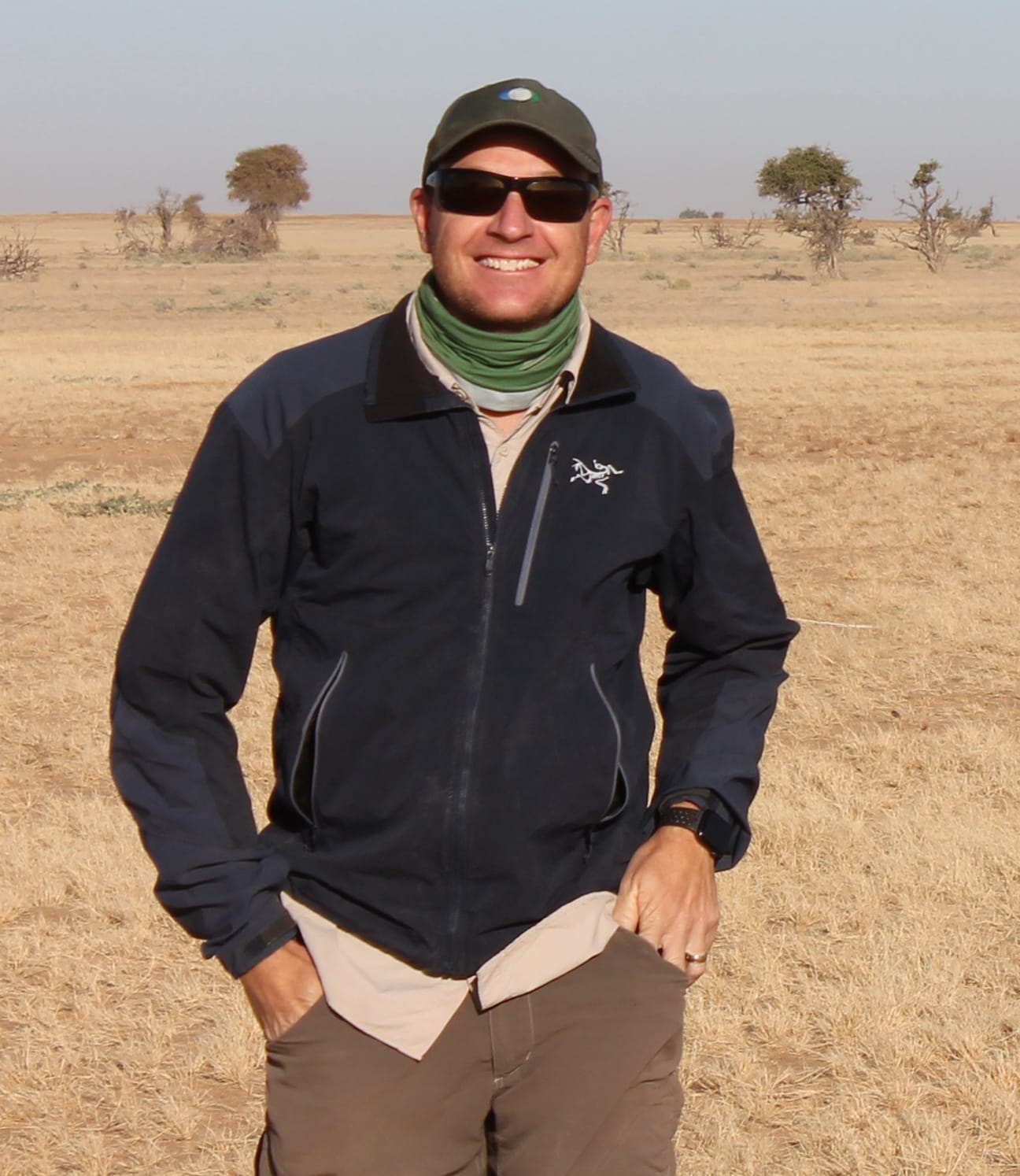

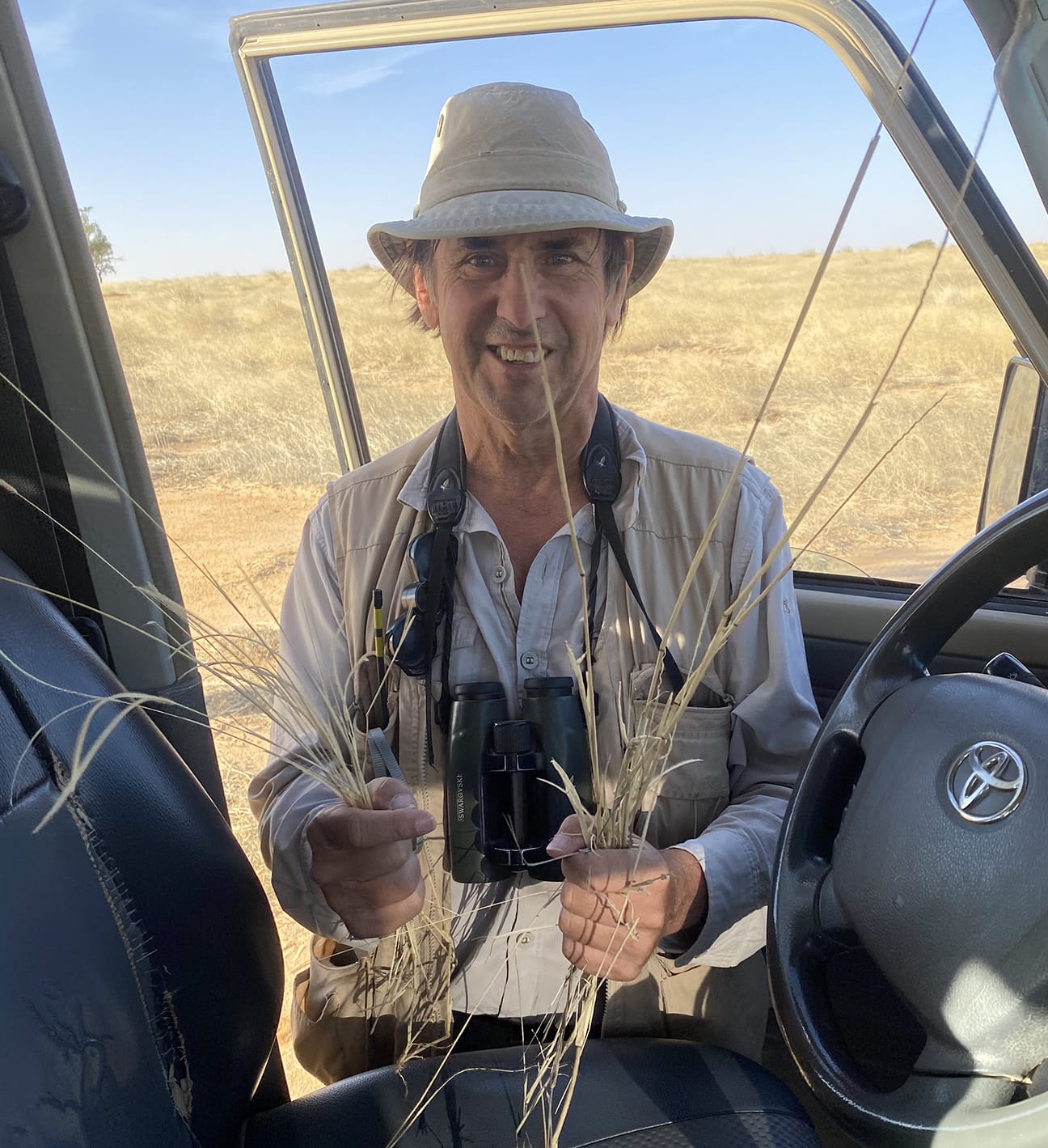

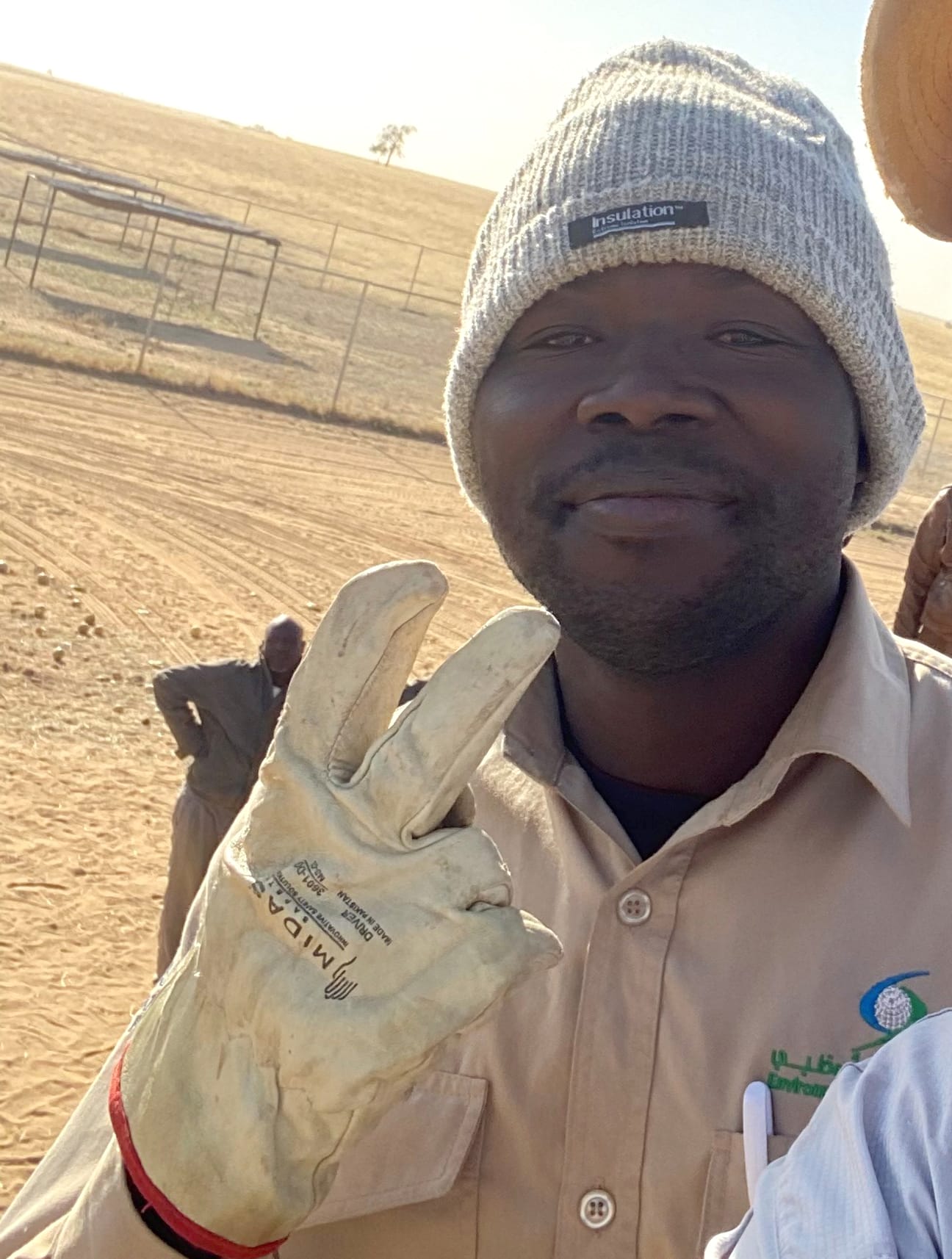
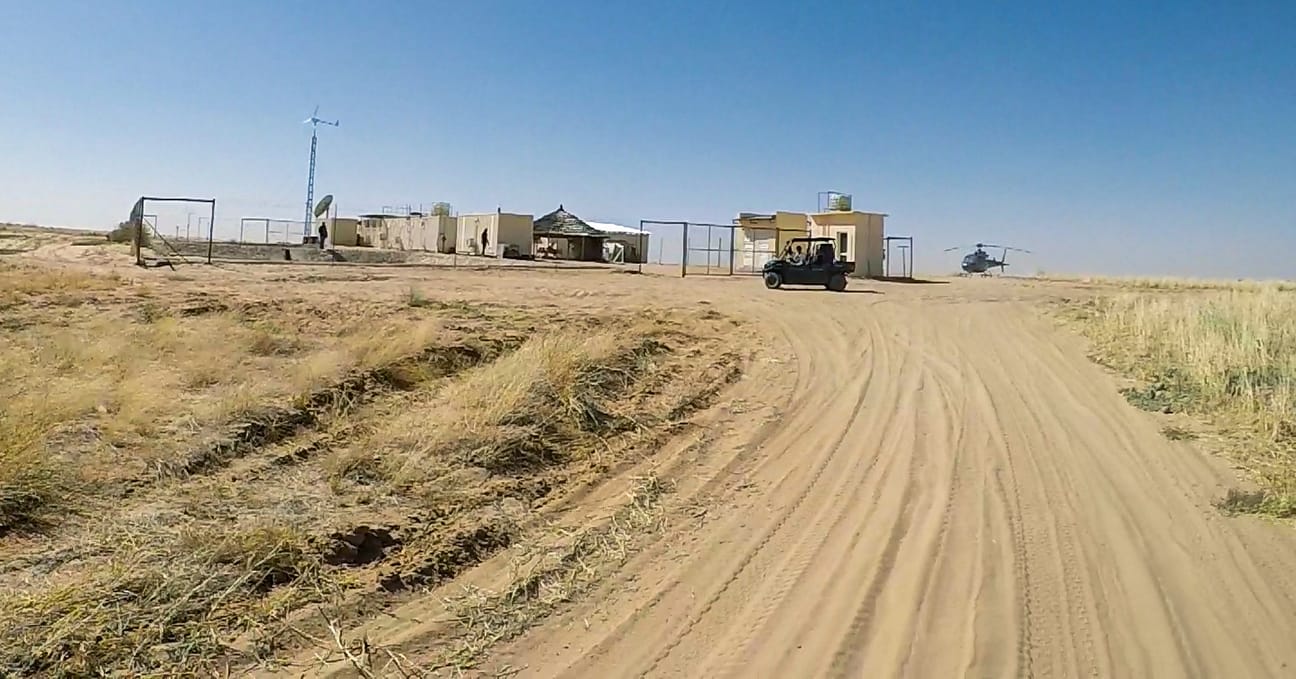
The first project for this trip involved moving and then releasing 15 addax into the wild. Addax are a species of antelope native to the desert regions of North Africa. They are considered to be the most threatened ungulate in the Sahara, currently listed as Critically Endangered on the IUCN Red List.
Despite their rarity in the wild, they are a species that breeds well in captivity and can be found in many different zoological collections. Anyone who has visited Fossil Rim has probably encountered our addax while driving through, likely without realizing just how rare this species actually is in the wild.
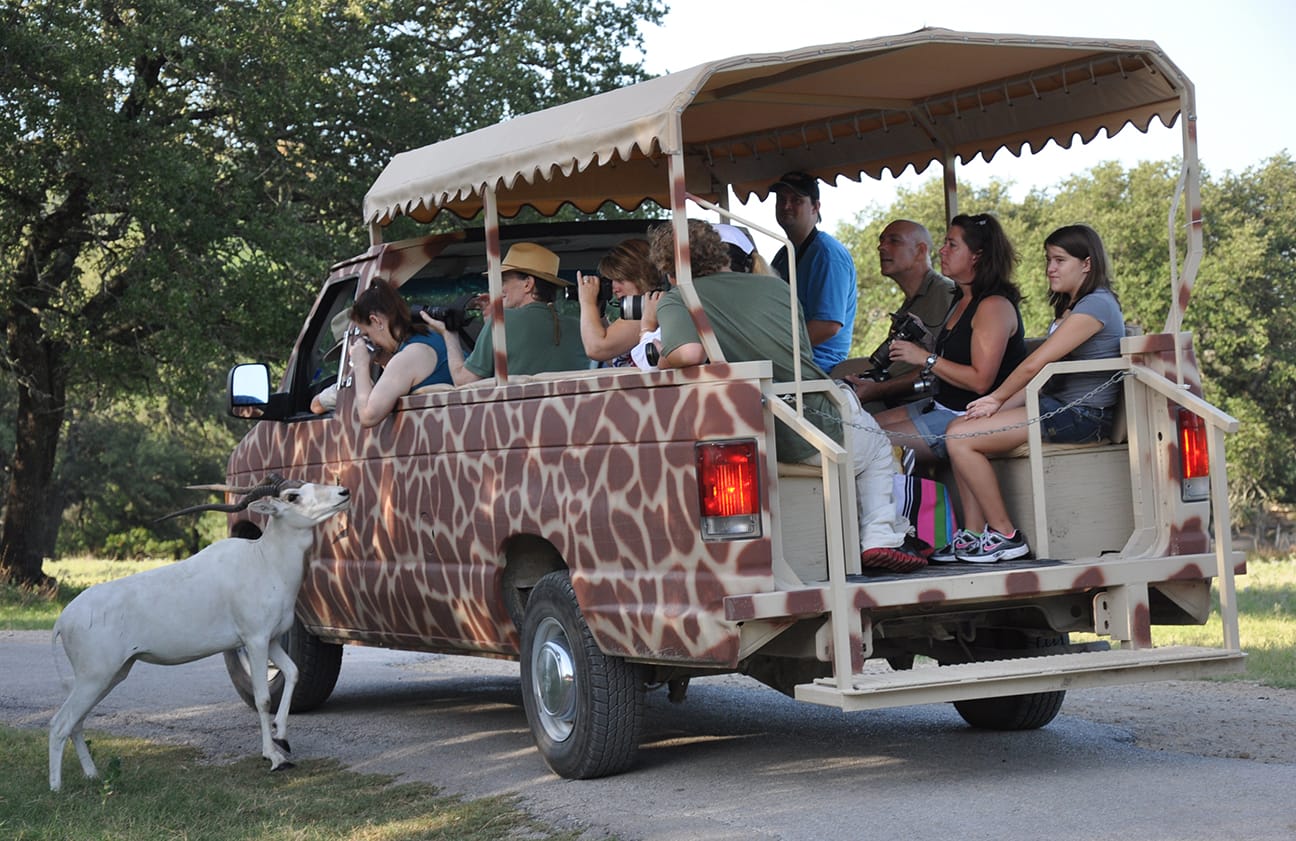
These 15 animals in Chad set for release had arrived several months before from the collection of the EAD. They had already been fitted with GPS collars prior to arriving in Chad and had spent the last few months acclimatizing to the local conditions. The next step was to move them to the prerelease pen about an hour-and-a-half away. This required a great deal of teamwork.

The addax were being held in a large pen and had to be corralled by several people into a smaller area for sorting. Once in the smaller area, one animal at a time could be separated out and encouraged into a load-out chute with a series of sliding doors. This allows the animal to be moved progressively forward with minimal stress.
Two of the younger males had run into an issue with their GPS collars while acclimating, so they had to be manually restrained and recollared prior to being crated, but the rest of the animals were moved through the load-out chute without pause. At the end of the load-out chute was a transport crate. Once the animal was secured in the transport crate (one animal per crate), the crate was lifted by a crane and placed on a truck for transport.
This whole process was repeated for each of the 15 animals. When all 15 were loaded into the trucks, they were driven out to the prerelease pen.

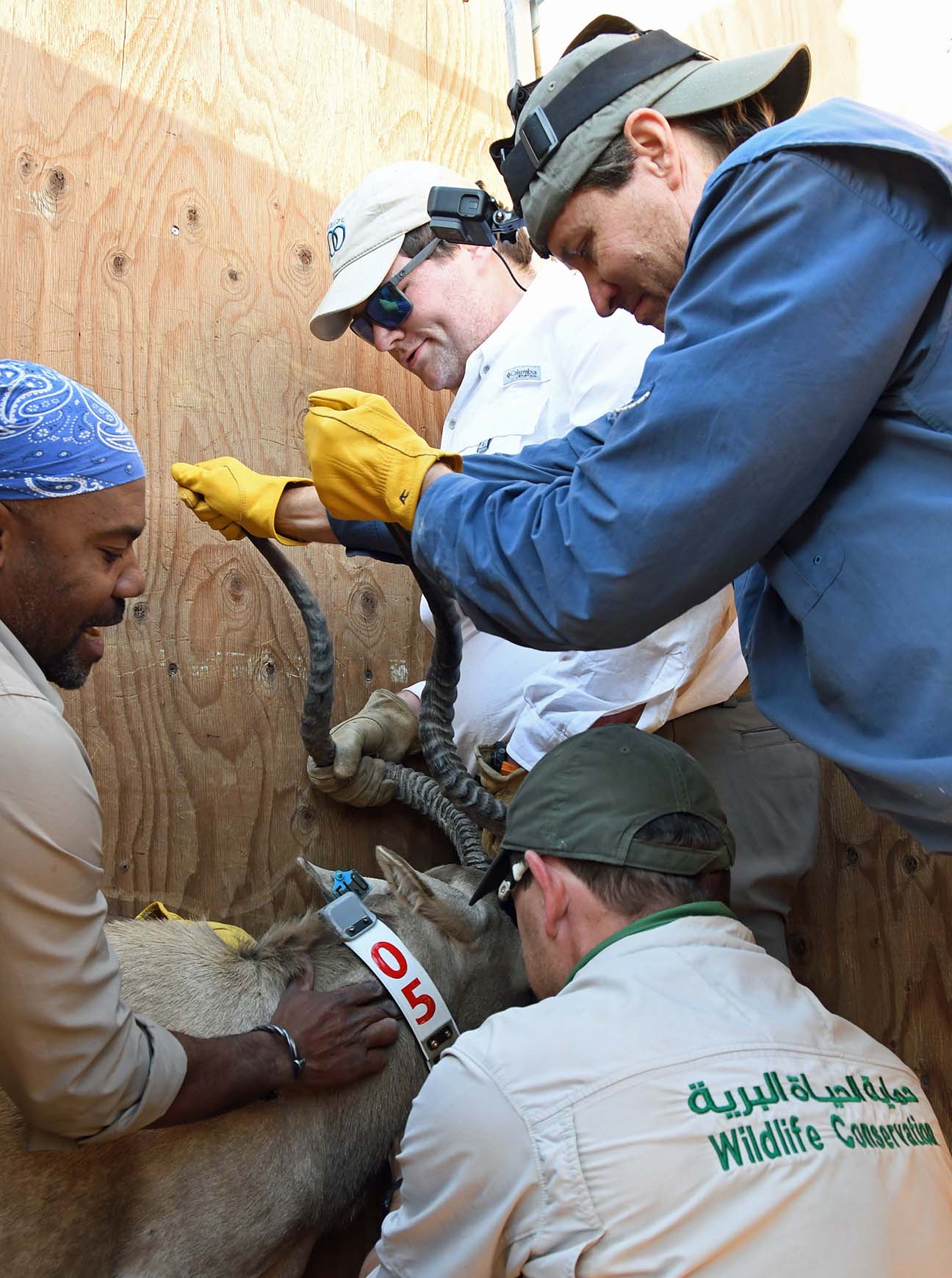
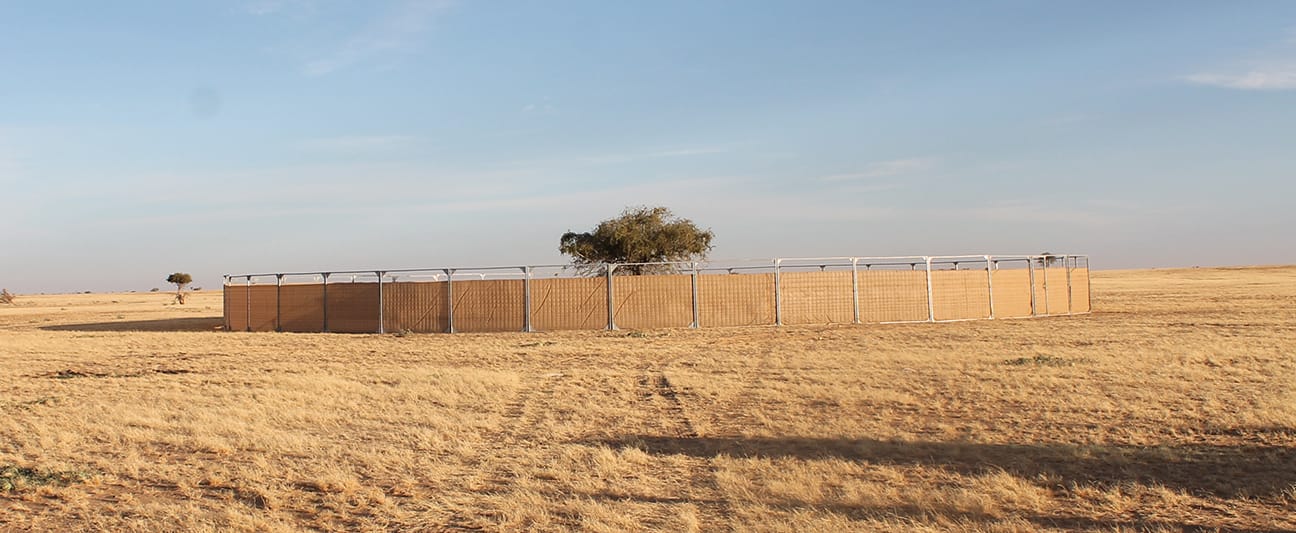

Upon arrival at the prerelease pens, the crates were taken off the trucks by the crane and lined up – half at a time – in front of the pen. Then, the doors were opened and out rushed the addax! All 15 looked great! They stayed in this temporary pen for two days before the final release into the wild.

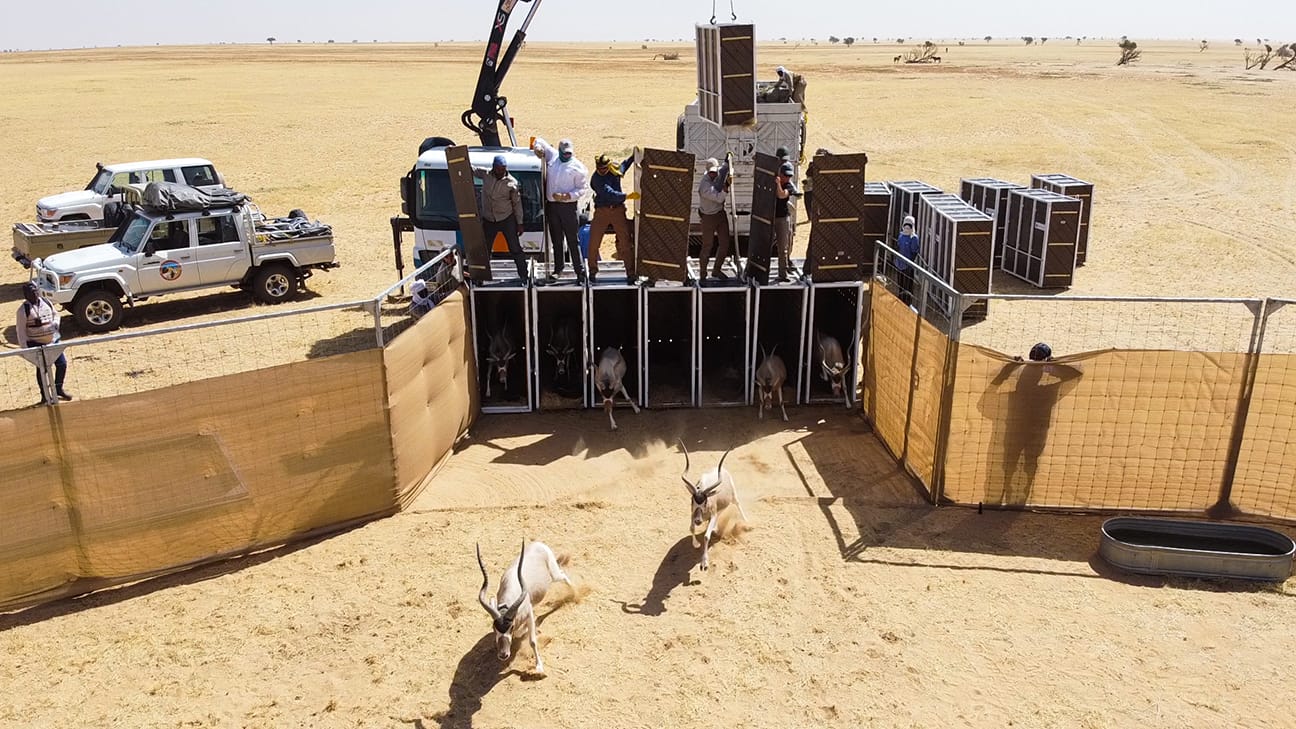
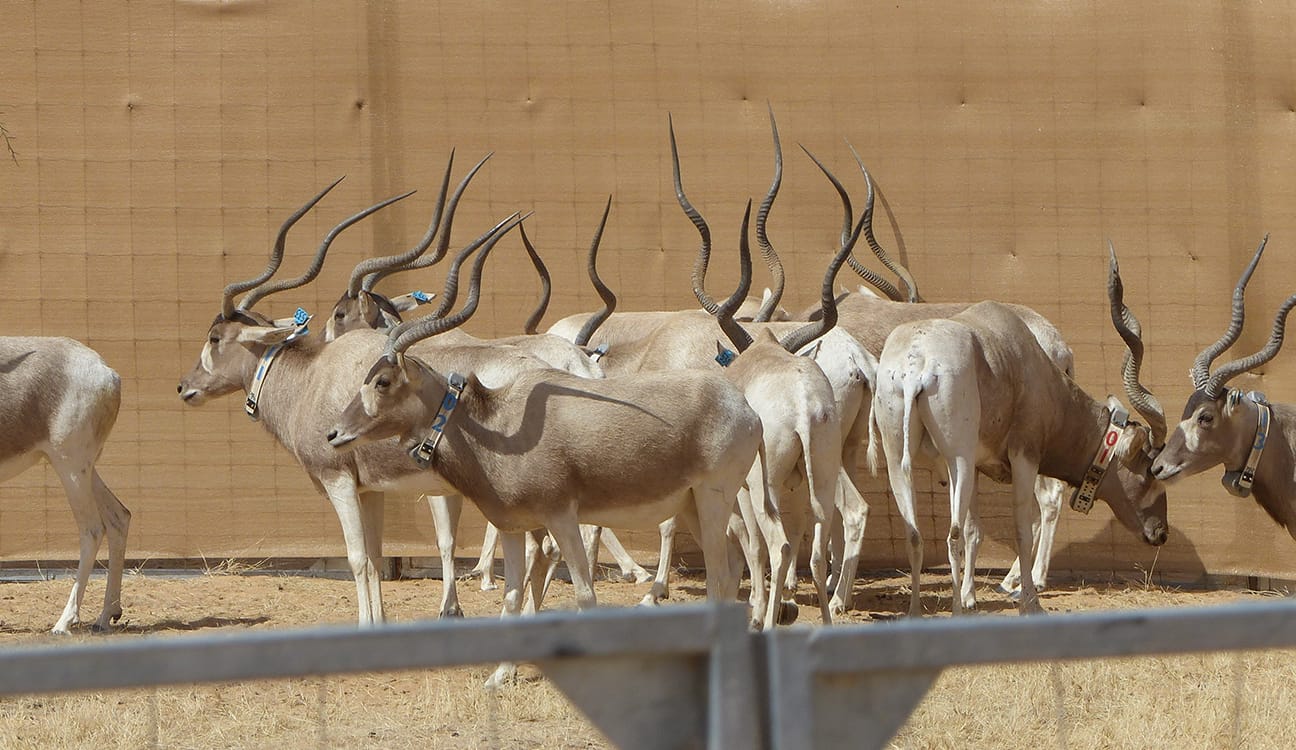
The night before the full release, we drove back out to the prerelease pen and camped out to be prepared for the early-morning activities. At 7:30 the next morning, the gates were opened and the 15 previously captive addax ran out into the wild for the first time.
They kept running towards the horizon and didn’t stop until they were out of sight. Thanks to the GPS collars that each animal wears, Dr. Tim Wacher and his staff will be able to track these animals as they move across the landscape, adjusting to their new home.
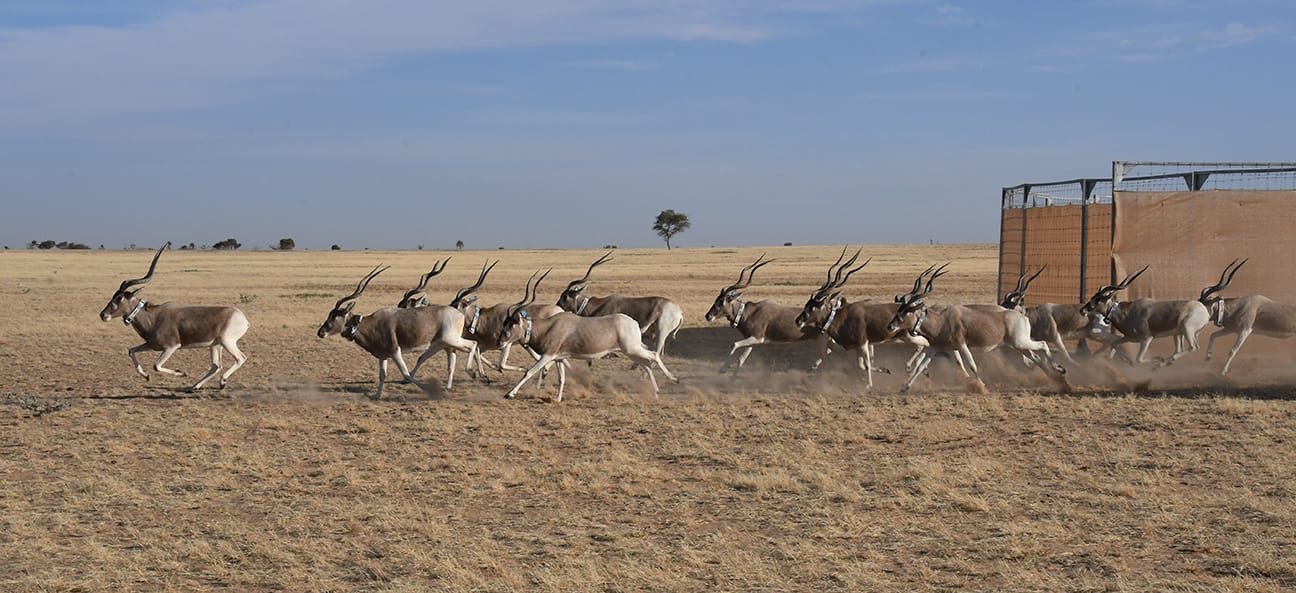
Part 2 and part 3 of this blog will be shared on social media in the coming days.
-Dr. Julie Swenson, Associate Veterinarian

